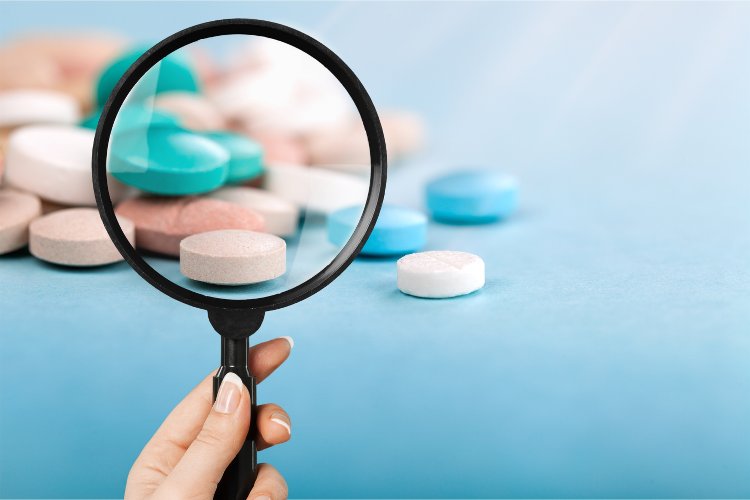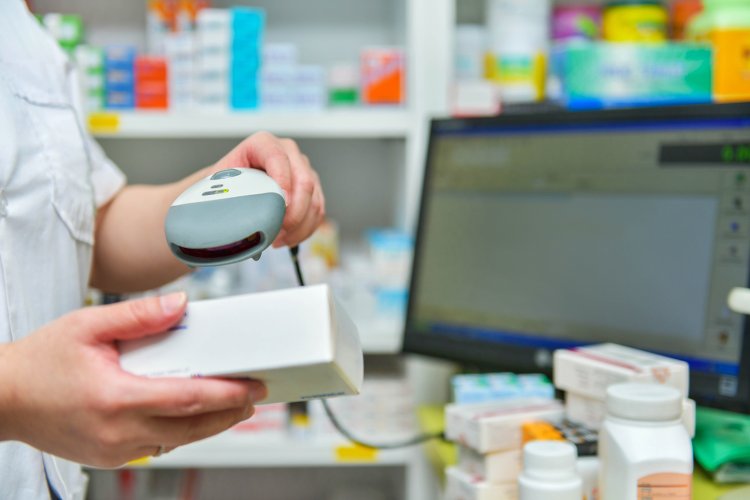The future of tamper-proof pharmaceutical packaging
Posted: 3 September 2019 | Rich Quelch (Origin) | No comments yet
In February this year the EU Falsified Medicines Directive (FMD) came into effect. Rich Quelch assesses this latest regulatory attempt to rid the supply chain of dangerous falsified products and reflects on the industry’s need to keep ahead of the game to future-protect itself.


GLOBALISATION is re-shaping the pharmaceutical market, opening new opportunities for growth, innovation and profit. However, a globally‑dispersed supply chain makes it harder to regulate medical products, as well as detect and respond to falsification. At the same time, it is becoming easier for criminal groups to manufacture fake medicines and print packaging in one country, ship components to another for assembly and distribution, and use offshore companies and bank accounts to remain under the radar.
In February 2019, the final phase of the FMD was enforced. This pan-European safety system aims to remove falsified medicines from circulation and prevent new ones from entering. It has placed a requirement for every pharmaceutical product to carry a unique identifier sequence in the form of a two-dimensional barcode and a device enabling verification that the medicine’s packaging has not been tampered with.
While the rules imposed under the FMD are much needed – and some would argue, long overdue – the benefits afforded by innovative packaging design in helping to combat this form of public health crime can certainly go above and beyond these requirements, to give patients even greater protection from fake medicines.
The true cost of falsified medicine
Falsified medicine is the production of counterfeit pharmaceutical products that do not adhere to the strict regulatory standards imposed by government agencies to ensure the end user’s safety. This can take various forms, with the key factor being low quality, incorrect or a wrong dosage of ingredients. Falsification can also result from information surrounding the product’s provenance trail, such as the manufacturer, country of manufacture and commercialisation owner. Similarly, the distribution channels logged in its records and documents can be falsified to cover up the original source.
It is crucial that consistency, quality control and containment measures are universally applied to protect global health
Any person in any healthcare system in the world can become a victim of fake medicine. Proportionately, patients in poorer countries are most at risk and if this rising trend continues, it serves to widen existing health inequalities. For example, the total number of substandard and falsified medicines circulating in low- and middle-income countries is estimated to be 13.6 percent overall1 and as high as 19.1 percent for antimalarials. This is shocking considering nearly half of the world’s population is at risk of contracting malaria.2 In comparison, in wealthy countries the threat level remains low through legitimate channels, but falsified medicines continue to be sold, particularly online. Prime examples are lifestyle medicines, such as products that allegedly promote weight loss, increase levels of energy and concentration and alleviate sexual dysfunction. The combined effect is the spreading of falsified medicines in countries that are poor, war-torn and in need of aid due to necessity, and households across the world due to desire, curiosity and availability.
With the risks ranging from low quality replicas to entirely unsafe ingredients, it is crucial that consistency, quality control and containment measures are universally applied to protect global health.
The challenges ahead
The FMD should be credited with attempting to unify a European response to the issue of falsified medicines. The pharmaceutical industry, by its very nature, is complex in much the same way as cross‑border political collaboration. Put the two together and it is certainly not an easy task. Looking at the short-term challenges, one that stands out is the interpretation of the directive by member states; because directives merely set out a goal that all EU countries must work towards, leaving the manner of implementation at the discretion of the member states. While the rules on serialisation are clear, the FMD provides far less detail regarding tamper-evidence, other than making its use mandatory. It is up to individual governments to encourage pharmaceutical manufacturers to adopt innovative tamper-proof devices or to achieve a minimum level of security. Some will go further than others.
If anything, leaving the EU could mean the UK Government places even greater responsibility on the pharmaceutical industry to protect patients from falsified medicine
A longer-term hurdle to overcome in the fight against fake medicines is extending this unified approach beyond the EU collective. Politically, the EU Parliament cannot dictate the strategies of non-member states, which means the FMD loses its effect at a global level.
Switzerland is the world’s second largest exporter of medication ($41.3 billion in 2017), the US is the fifth ($21.1 billion) and India is the 10th ($11.9 billion).3 Each of these large global players in the pharmaceutical market has their own national strategies in place, which legally do not have to align with the EU’s directive.
The rise of internet pharmacies (or so-called e-pharmacies) also makes it difficult to eliminate falsified medicines. All authorised e-pharmacies must now display a distinctive logo to demonstrate that they abide by new EU rules; but unsurprisingly non-authorised sellers will continue business as normal. It is therefore ultimately up to consumers to make educated decisions when buying medicine online.
Brexit also further complicates the UK’s position when it comes to adhering to the FMD. While the UK’s relationship with the EU is still unclear at the time of writing, the signals so far have been positive from the UK pharma industry and National Health Service (NHS) leaders who have publicly praised the directive as a world-class system. Along with growing pressure on the UK Government – from bodies like the British Medical Association (BMA) – to fund the equipment necessary to adhere to new serialisation rules under the FMD, it is likely that the UK will see similar product regulation in some capacity, whether through the EU directive or some other channel.
If anything, leaving the EU could mean the UK Government places even greater responsibility on the pharmaceutical industry to protect patients from falsified medicine and become a world leader in tamper-proof design.
Going above and beyond FMD compliance
The comprehensive and fast-evolving nature of endto- end drug traceability means FMD compliance should not be considered end of the road. Investing in the development of the next generation of tamper-proof technology is a worthwhile activity for any pharmaceutical manufacturer, no matter how big or small.
For example, the limitations of printed code have long been exploited by counterfeiters around the world and companies are developing or purchasing technologies to help render cloning or tampering attempts unsuccessful.
Smart tracking systems, which are built into primary and secondary packaging, is another exciting area of innovation within the pharmaceutical industry. By managing and recording all the typical activities that take place in the supply chain or a range of special requirements, tracking chips can log events or raise queries that occur across a product’s lifespan remotely and in real time. This is invaluable 

Developments in end-to-end traceability strategies are also producing vast amounts of data, which can be analysed and leveraged by pharma companies to increase efficiencies and streamline the supply chain network. Despite extensive scientific innovations to discover, develop and market new medicines more efficiently, many companies have failed to give the same attention to their legacy supply chains. Even those with annual revenues in the billions do not currently have full insight into their supply chain from beginning to end.
With biologic and personalised medicine already re-shaping the industry, there needs to be a two-way street where information can be used to inform the downstream flow of products. Artificial intelligence (AI) is already transforming pharmaceutical supply chains, making intelligent decisions and recommendations for optimal actions. It is data that holds the key to creating efficient, safe and demand-driven supply chains, which benefit manufacturers, health systems and above all, patients.
About the author
Rich Quelch has worked with experts in the healthcare and pharmaceutical sector for almost 10 years. As part of his current role with Origin, Rich aims to raise awareness amongst the pharma community about key issues facing the sector, including increasing sustainability across the supply chain, the latest tamperproof technologies and innovations in child-resistant primary packaging.
References
- https://jamanetwork.com/journals/jamanetworkopen/fullarticle/2696509
- https://www.who.int/features/factfiles/malaria/en/
- http://www.worldstopexports.com/drugs-medicine-exportscountry/









